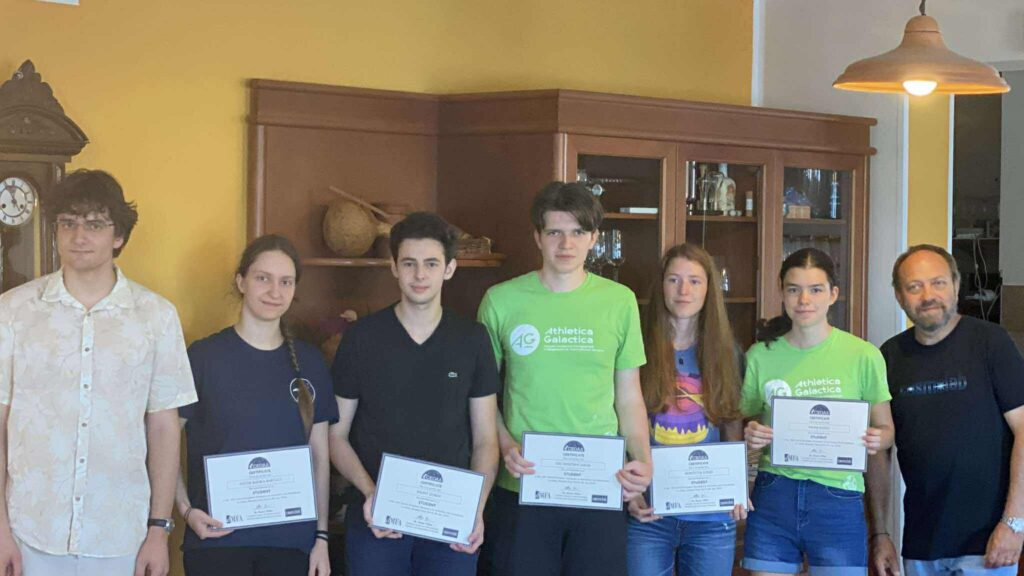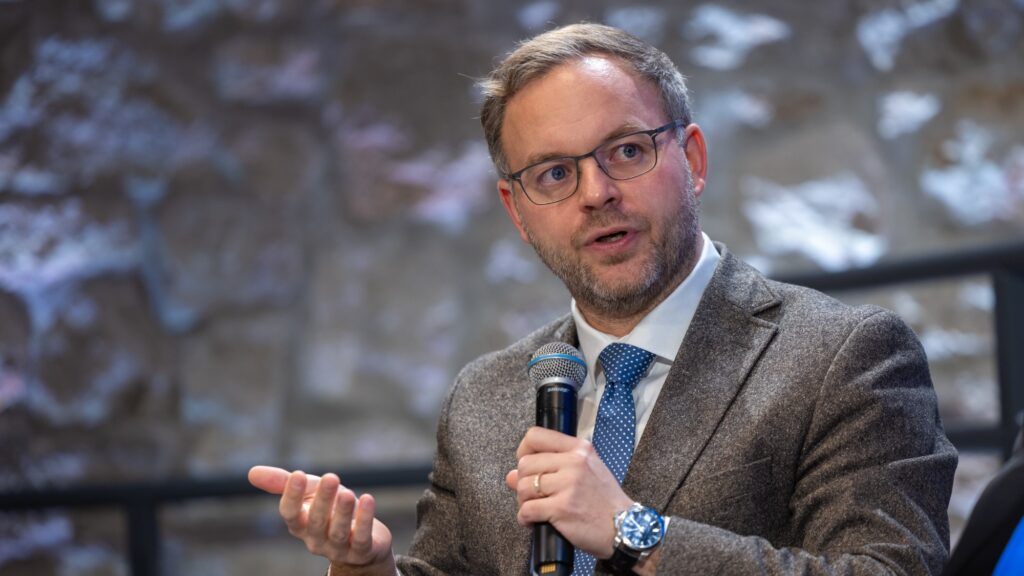At a recent press conference in Budapest, President of the Central Statistical Office (KSH) Áron Kincses shared the final results of the 2022 census. The perhaps most important takeaways from the data are the increase in marriages and the proportion of individuals with children among those under 30, coupled with an overall aging trend in Hungarian society. Also notable is the significantly higher language proficiency of Hungarians compared to 11 years ago, when the last census was conducted.
The KSH president noted that the results show that Hungary is evolving and changing in various aspects. Employment has significantly increased, with continuous shifts in the labour market due to modern technologies. The census revealed that the Hungarian population has a significantly higher level of foreign language proficiency, educational attainment, and digital skills compared to eleven years ago. Kincses emphasized that the 2022 census was the 16th in Hungary and the first
to be entirely paperless and fully digital.
Thanks to this digitalization, the time between data collection and reporting has been significantly shortened. Preliminary data was released in February 2023, only eighty days after the census was completed, and now, just ten months after the conclusion of the 2022 census, the final data is being presented.
Marcell Kovács, the project manager of the census, provided some of the key findings. According to the final census data, Hungary’s population was 9,603,634 individuals. This represents a decrease of 334,000 people since the last census conducted in 2011. Demographically, there has been a shift with 1,078 women for every 1,000 men, compared to 1,106 in the 2011 census. Approximately 21 per cent of the population, or around 2 million people, are elderly, aged 65 or older. Kovács pointed out the significant age disparity, with the number of people aged 65 and older exceeding that of those under 15 by 42 per cent. He also mentioned the village of Debréte in Borsod-Abaúj-Zemplén County, where six of the nine residents are elderly.
Regarding marital status, 43 per cent of the population aged 15 and older are in a married relationship.
This percentage increased from eight per cent to 12 per cent among those under 30 due to a recent rise in marriage rates.
However, one-third of the population has never been married. Among men under 50, 62 per cent are unmarried, while among women of the same age group, 57 per cent have never married.
Regarding education, in October 2022, one-third of the adult population had a secondary school diploma, and an additional 22 per cent held a college degree. The percentage of individuals with only primary education has decreased to 23 per cent, while those with vocational qualifications remained largely unchanged compared to 2011. Kovács highlighted areas with the highest levels of education, including the 1st, 2nd, and 12th districts of Budapest, where over 60 per cent of residents hold a college degree. The town of Telki, part of the Budapest agglomeration, also exceeded the 60 per cent mark.
The census data also revealed that the employment rate in Hungary increased significantly over the past eleven years. In 2022, there were 4.7 million employed individuals, compared to 3.9 million in 2011, with 49 per cent of the population being employed. The percentage of retirees, inactive job seekers, and mostly dependent children decreased to 48 per cent. Additionally, unemployment significantly declined, with 237,000 people unemployed in 2022. Geographically, employment is highest in Budapest and its surroundings, as well as in the western and north-western parts of the country. In contrast, the north-eastern and south-western regions, particularly in rural areas, have employment rates below the national average. The majority of employed individuals, over two-thirds, worked in the service sector in 2022.
60 per cent of the population volunteered responses regarding their religious affiliation. Of thoses, 50 per cent identified as Catholic, with 2.6 million as Roman Catholic and 165,000 as Greek Catholic. The proportion of Protestants was 16 per cent, while 27 per cent declared themselves non-religious. Kovács noted that compared to the previous census, the number of respondents who did not answer the religion question increased from 27 per cent to 40 per cent in the 2022 census.
In terms of nationality, 86 per cent of the population responded to the voluntary question. The largest minority group in Hungary is the Roma, with 2.5 per cent of respondents (210,000 individuals) identifying as belonging to this community. The second largest is the German minority, numbering 143,000, followed by those self-identifying as Slovaks, 30,000, and the Romanian minority of 28,000.
Over the past eleven years, the number of foreign citizens living in Hungary has increased by 52 per cent,
reaching 218,000 in 2022. Of these, 76 per cent came from European countries, with 82,000 from neighbouring states. Kovács added that in Hungary, every fourth person speaks English as a foreign language.
Regarding health, 75 per cent of respondents answered non-mandatory questions. Of those, 72 per cent reported no health issues. Approximately 1.7 million individuals indicated a chronic illness, 639,000 stated that their health condition severely limits them, and 270,000 reported living with a disability.
The data upload process has commenced, and detailed information will be available on the KSH website in the census information database, allowing users to query data based on individual preferences.
Related articles:
Sources: Hungarian Conservative/KSH/MTI








